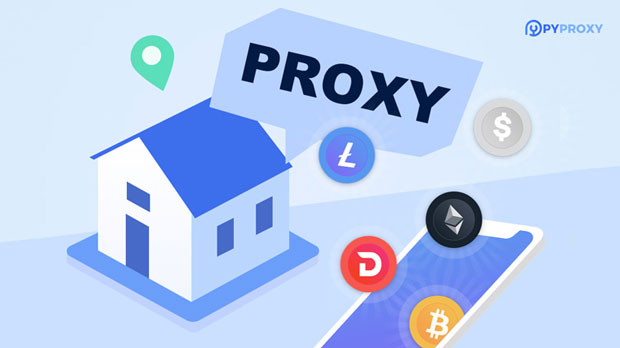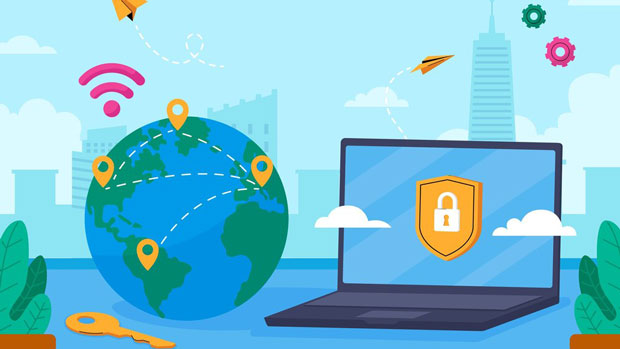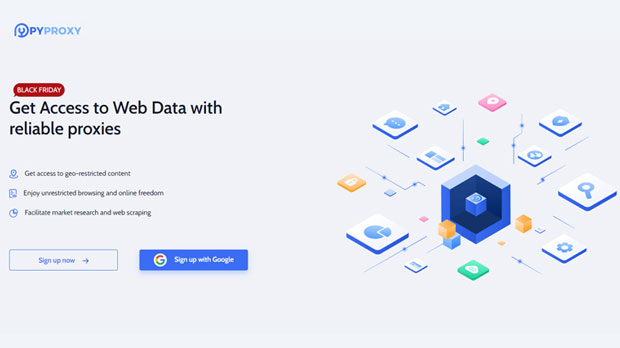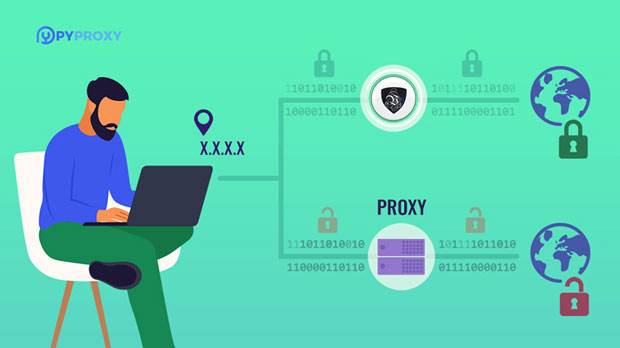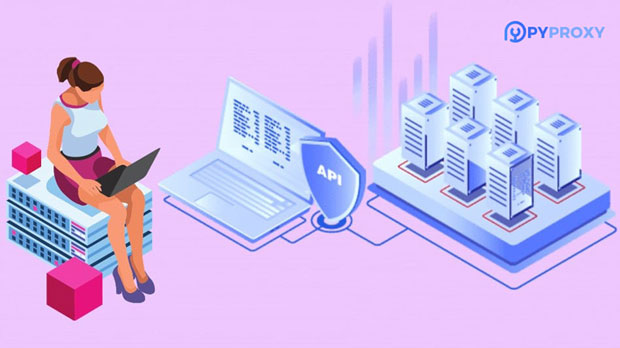In today's digital world, ensuring the security and privacy of online activity is a primary concern for users. Among the various methods for securing internet connections, using a proxy server is one of the most popular techniques. The debate between using a proxy on a browser plugin versus a system-wide proxy has raised questions about security. While both offer privacy benefits, they serve different purposes and provide varying levels of protection. In this article, we will analyze whether the Proxy on browser plugin is more secure than the system proxy by looking at their characteristics, advantages, disadvantages, and potential use cases. Understanding Proxy on Browser PluginProxy on browser plugins are browser-specific extensions or add-ons that route web traffic through a proxy server. These plugins typically work with popular browsers like Chrome, Firefox, and Safari. They offer a simple way to manage proxy settings for specific web sessions without affecting the entire system. This allows users to route only their browser traffic through the proxy, leaving other applications unaffected.Advantages of Using Proxy on Browser Plugin1. Granular Control over Web Traffic: One of the major benefits of using a proxy on a browser plugin is that it provides granular control. Users can decide which websites or services should be accessed through the proxy without affecting other system-wide connections. This is particularly useful for individuals who want to maintain privacy for specific activities, such as online shopping or browsing, while leaving other applications unaffected.2. Simplicity and Convenience: Configuring a proxy plugin for a browser is typically much easier than setting up a system-wide proxy. With just a few clicks, users can enable or disable the proxy, making it a hassle-free solution for users who are not well-versed in network configurations. Moreover, browser plugins often provide user-friendly interfaces, making them accessible to anyone.3. No Impact on System-Wide Performance: A key advantage of proxy on browser plugins is that they do not affect other applications on the system. This ensures that the proxy does not slow down other non-browser activities. Additionally, if there are issues with the proxy, it can be easily disabled without impacting the entire system.Disadvantages of Proxy on Browser Plugin1. Limited Protection Scope: While a proxy plugin ensures privacy for browser traffic, it does not provide protection for other applications or software on the system. For instance, if you are using a non-browser application like a messaging or email client, your connection may not be secured unless you manually configure those apps to use the proxy as well.2. Security Risks from Browser Vulnerabilities: Since the proxy on browser plugin operates solely within the browser, it is subject to any security flaws present within the browser itself. If a vulnerability is exploited in the browser, it could potentially expose users to attacks, even if they are using a proxy. Additionally, browser plugins can be targets for malware and other cyber threats, which could compromise user privacy.3. Dependence on Browser Updates: Proxy plugins rely on the underlying browser's updates and security measures. If a browser update introduces new security vulnerabilities, users may unknowingly expose themselves to risks, as the proxy plugin does not offer independent protection from the browser itself.Understanding System ProxyA system proxy, on the other hand, is a server configuration applied to the entire system. Once set up, all applications that rely on the internet, including browsers, email clients, and other network-based programs, will route their traffic through the proxy. This system-wide approach offers comprehensive protection and can be configured at the operating system level.Advantages of Using System Proxy1. Comprehensive Protection: The primary advantage of using a system proxy is its ability to secure all internet traffic, not just browser-based activity. This includes network traffic from all applications on the system, which ensures comprehensive privacy protection. For individuals who want to safeguard all their online activities, a system proxy is a more robust solution.2. Centralized Configuration: Setting up a system-wide proxy ensures that users only need to configure their network settings once. Once configured, all applications on the system will benefit from the proxy without requiring additional setup. This is ideal for users who need consistent protection across different applications.3. Reduced Risk of Browser Vulnerabilities: Since a system proxy is not reliant on a single application, such as a browser, the security risks associated with browser vulnerabilities are minimized. The system proxy works independently of the browser and secures all traffic, thus providing a more stable and secure connection.Disadvantages of System Proxy1. More Complex Configuration: Setting up a system proxy often requires more advanced technical knowledge compared to browser plugins. The configuration process can be complex, and users might need to make changes at the operating system level, which could lead to errors if not done correctly.2. System-Wide Impact: While a system proxy secures all applications, it can also slow down the entire system. Any performance issues with the proxy server can affect all applications, not just the browser. Additionally, if the proxy fails, it could impact all internet-based activities, leading to a complete loss of internet connectivity.3. Lack of Flexibility: Unlike proxy on browser plugins, which allow users to control which websites use the proxy, a system proxy applies to all internet traffic. This lack of flexibility can be a disadvantage for users who only need protection for specific activities or who wish to bypass the proxy for certain websites or applications.Comparing the Security Aspects of Both SolutionsWhen comparing the security of proxy on browser plugins and system proxies, it is essential to consider the scope of protection, vulnerability exposure, and control over configurations.1. Scope of Protection: A system proxy offers broader protection as it secures all internet traffic across the entire system. In contrast, a proxy on browser plugin only secures web traffic within the browser, leaving other applications exposed.2. Vulnerability Exposure: Browser plugins are more susceptible to security risks associated with the browser itself, including malware and vulnerabilities within the browser's code. System proxies, on the other hand, provide better security by isolating browser-related risks and offering comprehensive protection across all applications.3. Control over Configuration: Proxy on browser plugins offer greater flexibility, allowing users to decide which web activities are routed through the proxy. However, this flexibility comes with the downside of not securing non-browser traffic. A system proxy, while less flexible, offers more comprehensive protection without the need for separate configuration for each application.ConclusionBoth proxy on browser plugins and system proxies offer distinct advantages and disadvantages. If your primary goal is to secure only your browser traffic with minimal setup, a proxy on a browser plugin might be a convenient and effective solution. However, if you require more comprehensive security and privacy across all applications, a system proxy provides a more secure and reliable option.Ultimately, the choice between the two depends on your specific needs and the level of security you seek. Users who want to secure all their online activities, including those from non-browser applications, should lean towards a system-wide proxy. For users focused solely on browser privacy, a browser proxy plugin is more practical and convenient.
Jul 04, 2025



























































